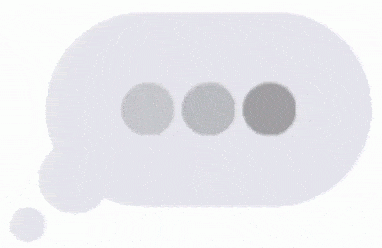Have you been given a diagnosis of panic disorder or experience panic attacks? Are you looking for alternative medical therapies to treat your illness?
Panic disorder can be effectively treated with cognitive-behavioural therapy. In truth, it serves as the condition's primary treatment. It means that before suggesting any other therapies, mental health professionals should offer or recommend this treatment.
In general, you should experience a significant improvement if you attend all of your treatment sessions and complete all the homework assignments suggested by your cognitive behavioural therapist.
What Is Cognitive-Behavioural Therapy (CBT)?
CBT is a type of psychotherapy that works well for anxiety, sleeplessness, and other issues like substance misuse, difficulty controlling strong emotions, depression, OCD, eating disorders, and addictions.
As opposed to traditional treatment, it is more skill-based and practical. CBT therapists frequently assign patients homework tasks to do in between sessions. This task aids in the development of abilities required to address the relevant situation.
CBT incorporates treatments, including motivational interviewing, behaviour therapy, exposure therapy, acceptance and commitment therapy (ACT), dialectical behaviour therapy (DBT), and others.
There is a special CBT technique for treating panic disorder. "Panic control treatment" is another name for this therapy. It consists of specialised exercises that reduce your risk of panic attacks and teach why your body responds the way it does when you experience panic symptoms.
Expectations When Using CBT for Panic Disorder (Panic Control Treatment)
-
Learning About Panic
The first step after receiving a diagnosis of panic disorder and deciding to start CBT therapy for it is to educate yourself about the physiological basis of panic attacks. Your body, neurological system, and brain work together in particular ways during a panic attack. The more you comprehend what's going on, the better equipped you'll be to take action.
-
Breathing Exercises
You might learn how to breathe during a panic attack from your therapist. If you can manage to do this, you'll probably discover that changing your breathing can lessen the intensity of the panic.
-
Exposure
The therapist will then have you attempt certain activities to see if any bodily sensations could be your panic attacks' potential causes. In that case, you'll perform additional activities to lessen your susceptibility to these feelings. You'll experience fewer panic episodes as a result of this.
For instance, the symptoms that go along with an increase in heart rate might be a trigger for many individuals with panic disorder. The therapist may suggest activities in CBT for panic disorder that may gradually lessen sensitivity to these feelings. The patient will be less susceptible to panic episodes as a result.
-
Different ways of thinking
Additionally, you'll discover new ways to approach circumstances that would otherwise make you feel anxious. Many sufferers of panic disorder find that certain conditions might cause their thinking to become warped, which may make them more susceptible to panic episodes.
-
Taking Back Your Life
Finally, you'll practise using your new abilities to perform the activities that previously caused you to experience panic attacks. When you can perform them without experiencing panic episodes, you'll feel much more at ease performing the formerly terrifying tasks.
Where to Find CBT for Panic Disorder?
Please get in touch with a qualified and experienced cognitive behavioural therapist in London if you want to begin a CBT course for panic disorder.












